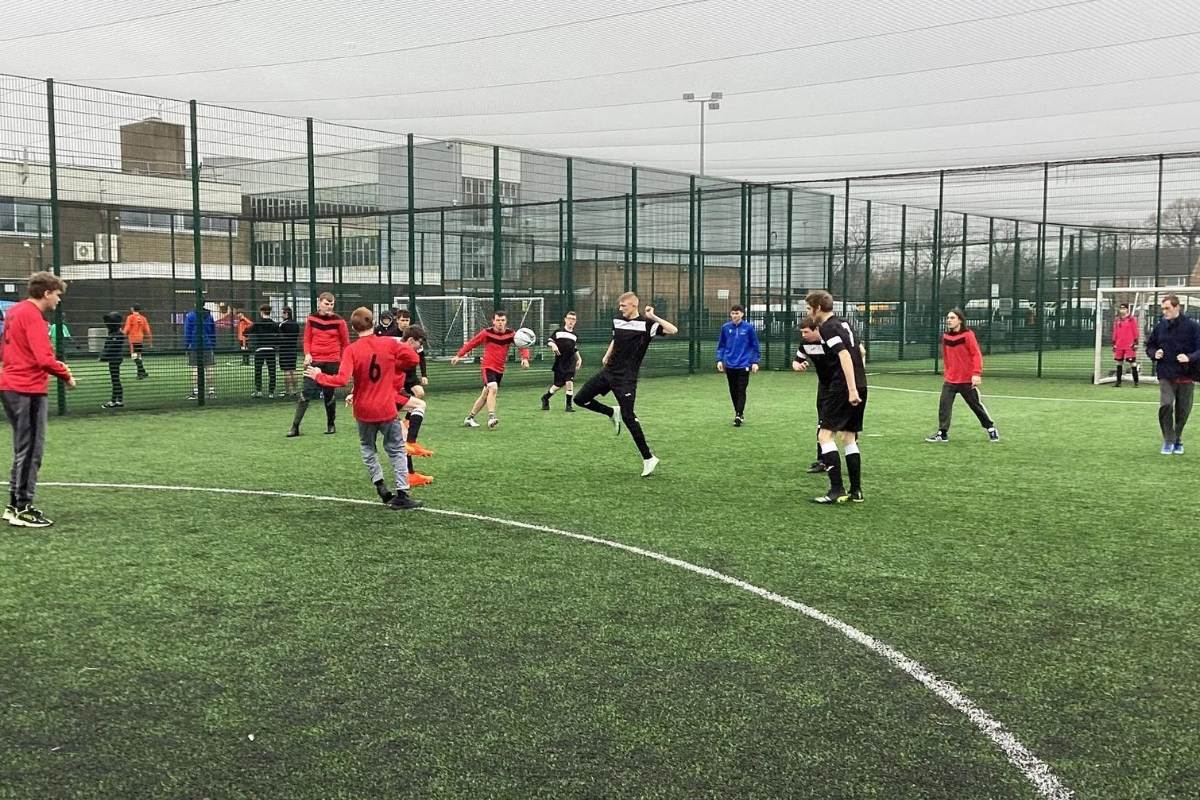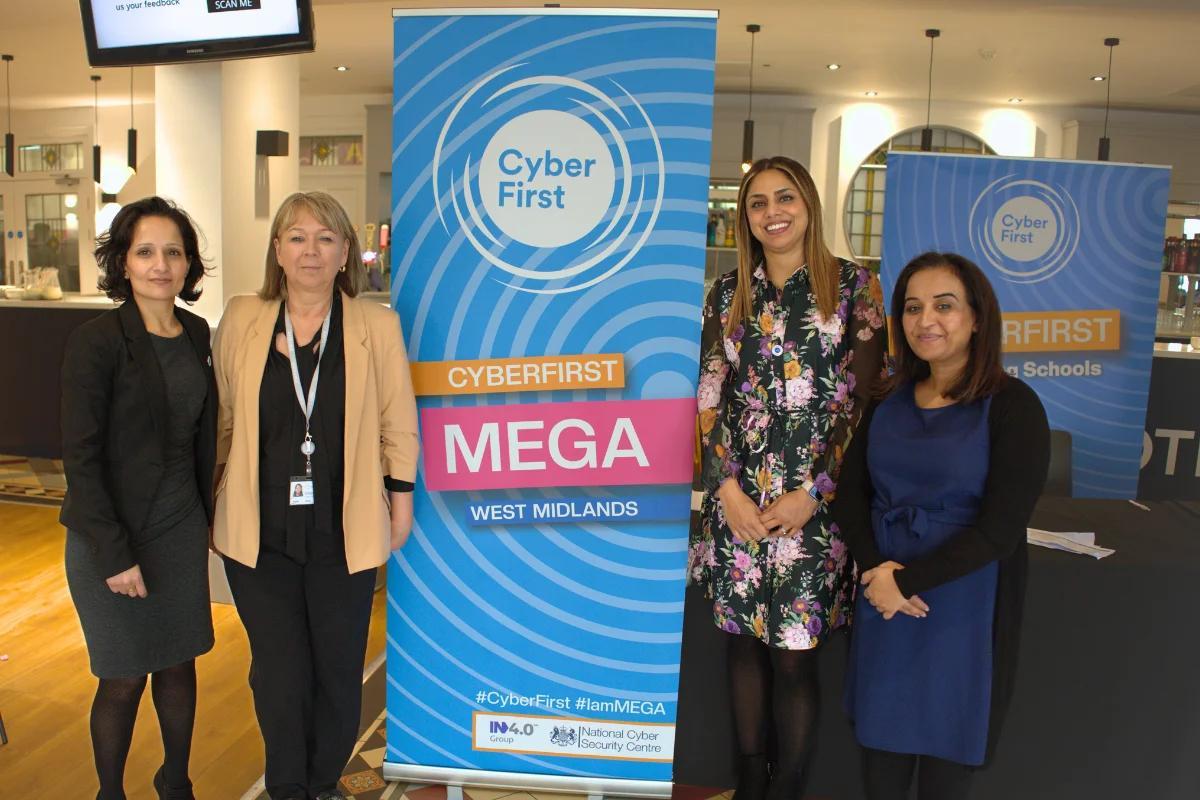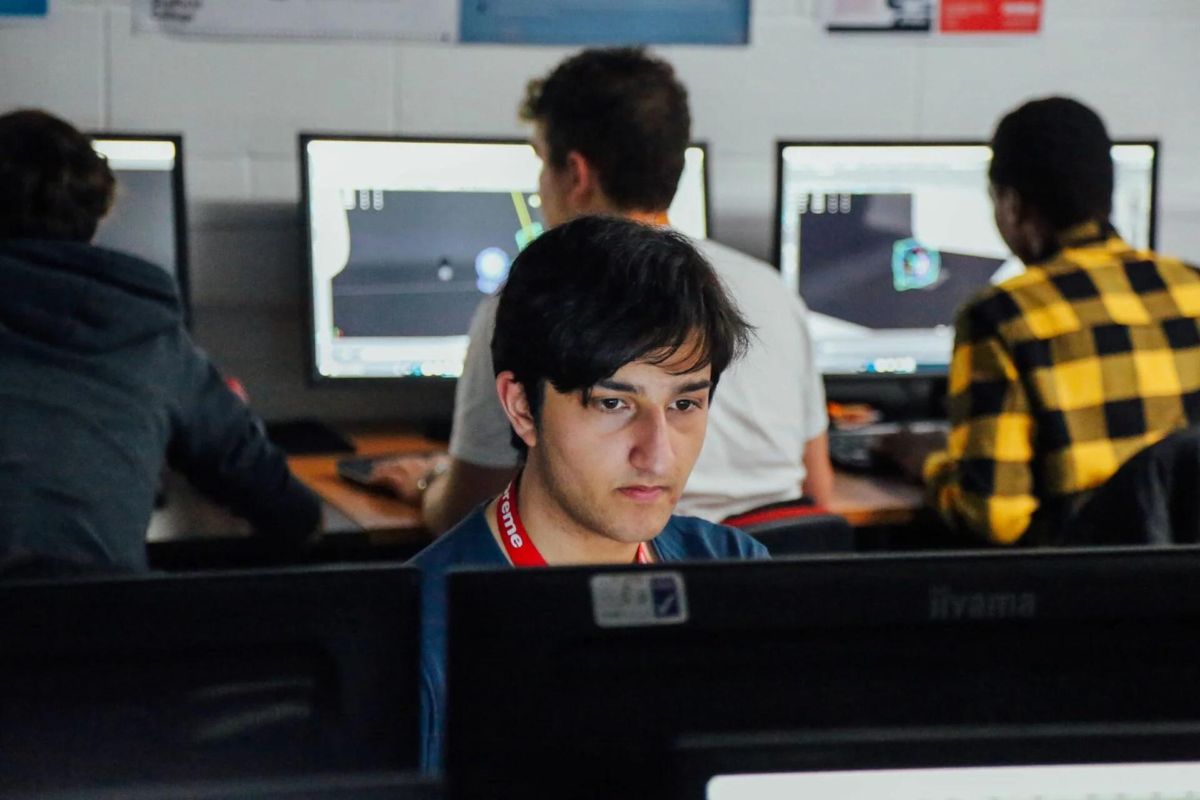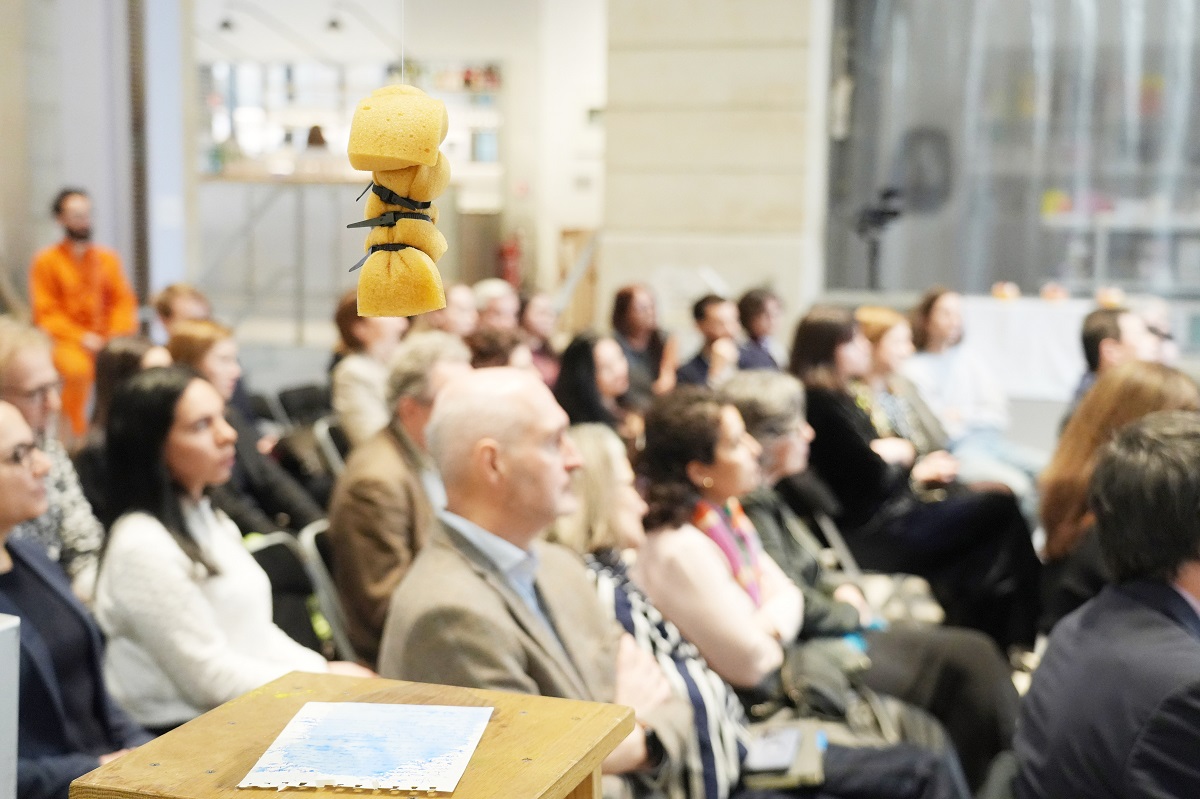Building a secure digital classroom: How educational institutions can safeguard students amidst EdTech boom

The amount of new, innovative technologies introduced to classroom teaching in recent years is on the rise. With even smarter upgraded devices such as interactive displays, smart displays, mobile devices and AI technologies now commonplace fixtures, it is clear that digital infrastructures are and will continue to be a significant part of the classroom.
While there is enthusiasm about introducing students to a new digital classroom and curriculum, the matter of security remains crucial. It is vital that every piece of technology introduced to the classroom is completely secure in order to safeguard from potential security risks and inappropriate online content, as well as protect teachers’ personal and professional data.
With the boom of the internet, and its easy accessibility in today’s society, especially social media platforms and on-demand TV, we are vastly more exposed to technology in our everyday lives than ever before, with internet enabled devices commonplace in many homes.
In the home, we can more easily establish our own rules for safeguarding and data protection, having greater control over what we, and the people in our household are exposed to. Luckily, schools and educational institutions have significant experience with security and safeguarding tools that are already in place for traditional issues, and will need to amend for the digital era, to include measures that encapsulate online browsing and digital data.
Education establishments can ensure they mitigate any possible security risks or data leaks within the school setting through security measures embedded within tools such as interactive displays, account and device management systems and online cloud services.
The Online Safety Bill, designed to protect children online and tackle harmful material, came into force in early 2023. The legislation was the first of many steps to address children’s, and student’s, safety both in and out of the classroom. As technology continues to evolve, legislation will constantly change and be updated, but teachers require a consistently secure classroom in the meantime. This proves a difficult balancing act for schools, needing to be ahead of the technology so that they can provide their students with reassurance that their security is a top priority.
Securing assets for schools
With the correct knowledge and training, both teachers and IT teams can implement a range of tools to secure assets within their classrooms and build a secure EdTech infrastructure within their school network. Multi-factor authentication, secure cloud services access, age regulated or app restrictions and secure single sign-on (SSO) capabilities enable teachers to safeguard themselves and their students from inappropriate data and prevent unwarranted access to sensitive information that is not designed for them, whilst in the classroom.
The on-going maintenance and security of devices is vital. Teachers will need to be educated on the latest best practices to follow whilst in the classroom, and IT teams will need to support teachers by leading the implementation of a secure network and technology infrastructure.
Remote management of displays through the cloud can be extremely beneficial to ensuring all interactive devices are up to date with the latest software patches to prevent security breaches, without the need for teachers to do anything, or for IT personnel to spend time visiting the displays in person. This means that central IT teams can manage the security of devices from one remote location, across multiple campuses or schools – particularly helpful in Multi Academy Trusts.
Traditional methods of logging into devices should also be considered a priority in the management of EdTech. Teachers can play an important part in securing assets by changing passwords throughout the school term, keep the password private and log out of devices being used when they step away from their desks or classrooms. Another consideration will be ensuring security on school premises can protect against potential theft of these devices, including security cameras, identifying markers or freezing access to the devices when stolen or lost.
How to build a secure digital classroom
Utilising the benefits of the cloud is just one important step towards building a safe and secure digital classroom. Firstly, ensuring lesson materials and documents are safely backed up to the cloud allows teachers to ensure that work is not lost when hardware fails or is stolen. This helps save lost hours on lesson preparation, or the potential of losing important students essays or coursework.
Secondly, tools like ‘single sign on’ can be extremely useful for teachers, saving time logging in and out of multiple devices or platforms, and remembering different logins or passwords. This method, although time saving, can lead to potential security breaches meaning IT teams will need to manage and monitor carefully. Many students at secondary school age ,and older, will have their own personal google email accounts, which could potentially be used to log into any device that offers Google SSO services including digital boards, enabling them full access to the internet which should be avoided at all costs. It is vital that IT departments consider how secure their single sign-on practices are, true single sign on needs to be quick and simple to log in, but also open to only teachers with valid accounts, meaning that if a student enters an unlocked classroom, they aren’t able to access the internet unsupervised. The balance is something which schools must consider when looking at edtech.
Using account management systems and platforms, IT teams can also remotely manage and restrict access to apps – that are not relevant or suitable to be used in education. With the recent emergence of EDLA in schools, allowing teachers access to the Google Play Store, and millions of apps available to download, these security processes will be most welcomed.
Since the classroom display can be used by multiple teachers, or students, when a teacher logs into interactive displays, they will be using a school account, so the account needs to ensure that data is relevant and appropriate to be viewed by everyone in the classroom. Teachers will need to be careful with data sharing across devices, and to ensure work and personal devices are kept separate. IT teams will need to ensure the framework is in place, and that teachers have appropriate equipment to enable there is no cross-over.
For instance, many people would not share their mobile phone password with 30 people because it is a personal device with secure, personal information. The same principle applies for an interactive device. Teachers will log into interactive devices via their school accounts, however as a result, this account is being accessed and shared with multiple students in a classroom. Schools must therefore put the necessary security measures in place to protect teachers from exposing vulnerable data, and students from accessing it whilst still enjoying the benefits the technology brings to learning.
Multi-factor Authentication (MFA) and scanning via authenticator apps can also provide extra layers of protection against unauthorised access, especially when devices are shared across multiple classrooms in schools. Embedding a multi-factor authorisation process within your schools’ network should be integral to a school’s digital strategy of ensuring the safety of data and building a secure classroom.
How technology can be used to help secure schools
As technology in educational institutions continues to grow, so must the need for robust security through a number of different means. AI is now a fixture in day-to-day life and although many have concerns, it can play an integral part in managing security in schools. For example, many interactive classroom boards currently have two-way mirroring features, meaning students can share their mobile devices including smartphones, tablets and laptops, without the need for cables interconnecting the devices, whether it’s in classroom or remotely. New AI generated tools have the ability to determine whether screen-sharing content is appropriate for sharing in a classroom setting – removing the chances of nudity or violence been shown.
A digital display or interactive board is a vital part of the classroom and can be an overt security measure in itself. In the event of an emergency, such as a lockdown situation, gas leak or fire alert, instant alert messages can be sent out across each area of the school via a board or display, without the need for having to call each classroom or physically locate students and teachers across the grounds.
There are multiple EdTech tools now at a school’s disposal, and with this comes the need to ensure that robust security goes hand-in-hand. Practising good safety measures not only builds a robust online environment but can also teach students the importance of security and embedding safety measures at an early stage, both in the digital classroom and across other corners of their daily lives.
By Nicola Pearce, Head of Education at BenQ












Responses